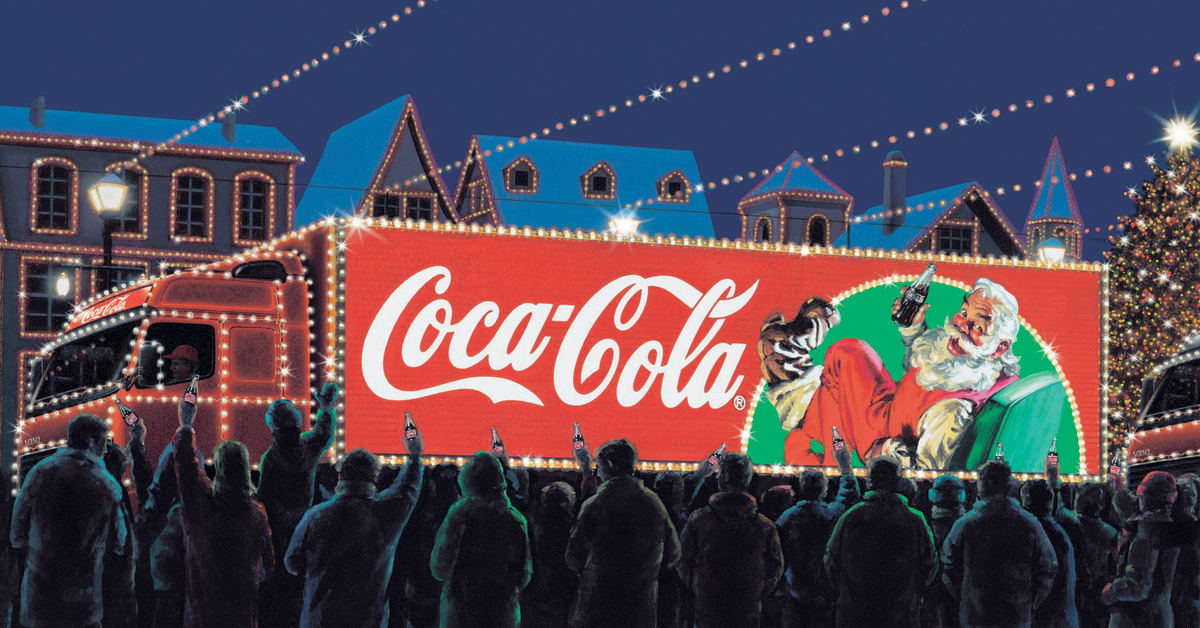We’ve seen it and heard it a thousand times – the flawless model posing in an ad for facial-blemish cream… an extremely powerful cleaner that removes every trace of dirt in one effortless wipe… the picture-perfect baby modelling the 100% waterproof diaper. In these scenarios, there’s not even a hint of a single red spot, a stubborn stain, or a bedraggled mother. This is the story of the past 50 years of commercials, and they all have one thing in common – they all feature perfect brands in perfect environments. En masse, we all must believe what we see, or do we?
Take for example the most watched videos on YouTube. Most are by amateurs whose work looks amateurish. We watch reality shows on television, and despite all predictions that they’re on their way out, they keep inventing ever-new situations.
Some months ago a major European cosmetic brand was forced to cut costs. They were not alone, but the only way they could do this was by reducing the length of their TV commercials. They aimed to cut their regular 90-second spots down to 30 seconds. The big dilemma they faced was which scenes should be cut out? Instead of taking the conventional route – opinions and guesswork – they used a neuro-scientific tool based on EEGs whereby brainwaves of consumers were measured and evaluated. By scientifically analyzing the commercials they were able to assess which scenes were the most emotionally engaging.
To everyone’s surprise, one scene – the one all the senior executives wanted to cut out – showed to be the most powerful of them all. It was a scene where two ladies were huddled close, with one touching the others cheek as she was crying. For want of a more diplomatic description, the client referred to it as “the lesbian scene”. Whether it was the notion of lesbians or crying women, the prevailing thought the client had was that this particular scene would negatively affect their brand.
However, based on the neuroscience, a 30-second commercial was cut and tested. To everyone’s surprise it showed that not only were consumers substantially more emotionally engaged, but when asked to pick a product in a simulated retail store, they ended up ‘buying’ 35 percent more of the brand. In fact you may very well recognize the commercial – it’s still running.
Yet when you stroll down the aisles of a supermarket, every product stacked on the shelves – from bread to bath salts – features perfect pictures of the perfect fruit or the perfect smile or the perfect cookie. Furthermore, if you ask customers about the criteria they want their products to have, more and more will say they’re looking for a product that’s authentic. The thought of gigantic factories churning out millions of cookies, or food being injected with additives that boost the ‘natural’ color or enhance the aroma, or irradiation processes that keep old fruit looking new – well, all these sophisticated processes just seem to generate feelings of enormous distaste and even horror in the minds of consumers.
I recently visited Trader Joe’s where some luxury chocolate called Ghirardelli was on sale. Ghirardelli was selling “bulk” chocolate chunks packed in large brown paper bags marked with a style of old-fashioned handwriting. The bag contained hand-made chocolates cut into uneven pieces – some large, some very large and some tiny bits. There was no doubt that this looked as fresh and authentic as it could be –until I happened to buy two bags and coincidently discovered that all the uneven, hand- cut pieces had a perfectly matched partner in the second bag. The broken chunks were not accident at all but were molded to look like random broken pieces.
There was a very clear plan to appear home-made, and for a while, I believed it.
Studies show that the people we relate best to, are those who we perceive share our weaknesses –those who mirror, or at least seem capable of mirroring the mistakes we tend to make. Regardless of the evidence, brands continue in their quest to present as perfect, because it’s quite simply not in the vernacular of advertising culture to really tell it like it is.
Please don’t misunderstand me. I’m not asking the ad agencies to focus on the negative aspects of a brand. What I’m suggesting is to show how life really looks. Babies do not stay clean when eating their pureed food, and apples are never all the exact shape and size and color. Messages portraying perfection are not trustworthy. No one actually believes them. We don’t believe candidates applying for jobs who claim they can do everything you can think of – perfectly of course! We don’t believe the person we sit beside at a dinner party who tells us everything in their life is just, well, perfect. So why should we believe it of brands? We don’t. Yet for some reason the world of advertising continues to think we do.
The Blake Project Can Help: The Brand Positioning Workshop
Branding Strategy Insider is a service of The Blake Project: A strategic brand consultancy specializing in Brand Research, Brand Strategy, Brand Licensing and Brand Education




